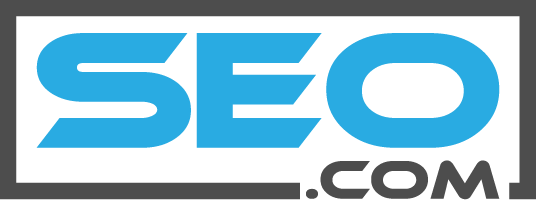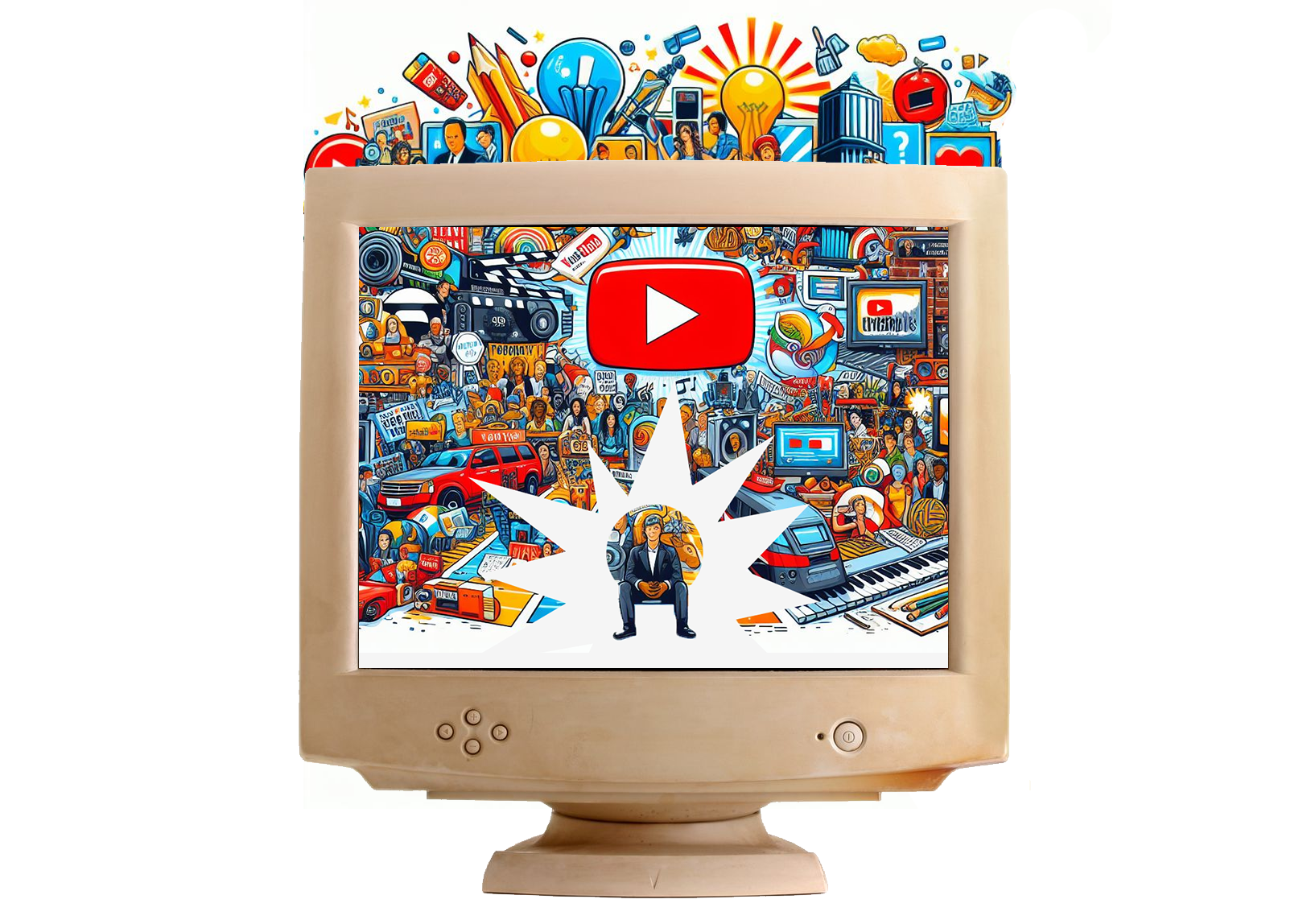How to Make Entertainment Website Project
• Example of how to write project brief with essential free and paid tools and basic questions
Overview of Entertainment Websites
An entertainment website is a website that is designed to provide users with a range of entertaining content, such as news articles, videos, games, music, and other multimedia content. These websites are typically created with the goal of providing users with a fun and engaging experience that will keep them coming back for more.
When it comes to creating an entertainment website, there are two options: using a pre-made template or building your website from scratch. Using a pre-made template is a quicker and more cost-effective option, but customization options may be limited, and your website may not stand out as much. Building your website from scratch allows for more customization, unique web design and functionality, but can be time-consuming, expensive, and requires technical expertise.

Nicepage is a website builder that offers beautiful and modern templates for the music and entertainment industry. Create your own stunning website with ease.
Google rank: 4.1
Looking for the perfect template for your entertainment website? Check out Zyro's collection of customizable templates designed specifically for the entertainment industry.
Google rank: 3
Entertainment Website Project Brief
This template provides a structured format for outlining the key aspects of an entertainment website development project, including its goals, target audience, content, design preferences, technical requirements, and additional features.
| Section | Description |
|---|---|
| Project Name | [Your project name] |
| Project Description | [Brief description of the project goals and main functionality of the entertainment website] |
| Target Audience | [Description of the target audience, including demographics, interests, and preferences] |
| Content | [Description of the entertainment content to be included on the website, including categories, genres, and formats] |
| Design Preferences | [Description of the desired design style, including color scheme, layout, typography, etc.] |
| Technical Requirements |
|
| Pages and Sections |
|
| Additional Features |
|
| Testing and Deployment |
|
Define the Project Objectives and Goals
When it comes to programming an entertainment website, there are a few key objectives and goals that you should keep in mind to ensure that your website is successful. Here are some tips and tricks to help you achieve these goals, as well as some essential types of work that you should focus on:
- User experience (UX) is essential: One of the main goals of programming an entertainment website is to provide a great user experience. This means ensuring that your website is easy to use, visually appealing, and responsive. Focus on creating an intuitive navigation system, clear calls-to-action, and high-quality content that will engage and entertain your users. Example of simple entertainment website user flow
- Mobile optimization is a must: With more and more people accessing websites on their mobile devices, it's essential to ensure that your entertainment website is optimized for mobile. This means using responsive design techniques to ensure that your website looks great on any device, and focusing on mobile-specific features, such as touch-based navigation.
- Content management is key: An entertainment website needs to be regularly updated with fresh, high-quality content to keep users coming back. This means having a robust content management system (CMS) in place that allows you to easily add and update content. Consider using a CMS like WordPress or Drupal that is specifically designed for content-heavy websites. How to make CMS project
- Performance optimization is crucial: A slow-loading website can lead to high bounce rates and frustrated users. To ensure that your entertainment website is fast and responsive, focus on performance optimization techniques such as image compression, minification of code, and caching.
- Security is paramount: An entertainment website may be a target for hackers and other cybercriminals, so it's essential to prioritize security. This means implementing SSL encryption, using strong passwords, and keeping your website up-to-date with the latest security patches and updates.

Relative desgin briefs
How to make web design project How to make graphic designHow to make mobile app
By focusing on these objectives and goals, as well as the essential types of work outlined above, you can create a successful and engaging entertainment website that will attract and retain users. Remember to prioritize user experience, mobile optimization, content management, performance optimization, and security to create a website that will stand the test of time.
List of popular programs for setting goals and objectives:
Monday.com is a cloud-based platform that allows users to create their own applications and work management software. The product was launched in 2014 and in July 2019, the company raised $150 million, based on a $1.9 billion valuation. The company went public in June 2021 and is based in Tel Aviv, Israel.
Google rank: 4.4
Trello is a web-based, Kanban-style, list-making application and is developed by Trello Enterprise, a subsidiary of Atlassian. Created in 2011 by Fog Creek Software, it was spun out to form the basis of a separate company in New York City in 2014 and sold to Atlassian in January 2017.
Google rank: 6.4

Asana is a web and mobile work management platform designed to help teams organize, track, and manage their work. It is produced by the San Francisco based company of the same name. The company was founded in 2008 by Dustin Moskovitz and Justin Rosenstein. The product launched commercially in April 2012.
Google rank: 9.4
Target Audience
Determining your target audience is crucial for any website, and an entertainment website is no exception. Your target audience will dictate the content, design, and functionality of your website, as well as how you market it. Here's how to determine your target audience for an entertainment website:
- Define the purpose of your website: Start by defining the purpose of your entertainment website. Is it to provide news and reviews of the latest movies and TV shows? Is it to offer online games and quizzes? Or is it to showcase original content, such as music or web series? The purpose of your website will help you determine who your target audience is.
- Conduct market research: Once you've defined the purpose of your website, conduct market research to identify your target audience. This could involve analyzing demographic data, such as age, gender, income, and location, as well as interests, hobbies, and online behavior. You could also survey potential users to gather more detailed insights.
- Create user personas: Based on your market research, create user personas that represent your target audience. User personas are fictional representations of your ideal users, and they should include information such as age, gender, occupation, interests, and pain points. Use these personas to guide your content creation and marketing efforts.
- Test and refine: Finally, test your website with your target audience and use their feedback to refine your content, design, and functionality. This could involve conducting user testing sessions or gathering feedback through surveys or social media.
By understanding your target audience, you can create an entertainment website that resonates with your users and meets their needs. Remember to continuously monitor and adapt to changes in your audience to ensure that your website remains relevant and engaging.
7 Tools to Help You Learn About Your Target Audience
Knowing your brand’s target demographics can help you create better audience profiles and reach them on the platforms and in the places they frequent most. There are a lot of ways to dig into the demographics of your current visitors and your target audience, and you may already have tools installed to start mining for information. Here are seven tools you can use to learn more about who your current visitors and customers are, as well as the audience you want to attract.
Read more8 Tools to Better Understand Your Target Audience

We read a lot in the SEO world about things like keyword research , analyzing your competitors, and other things to get traffic to your site. But I don’t see information very often about deciding who your target audience is and how to make sure your keyword choices will actually reach them. This is one way to take your keyword research to the next level, and it’s well worth the effort. So rather than trying to guess whether your SEO or PPC ads are appearing in front of the right people, here are some tools you can use to make sure.
Read moreContent Strategy
A content strategy is essential for any entertainment website, as it helps ensure that your content is aligned with your overall goals and audience needs. Here are some tips and tricks for creating an effective content strategy for an entertainment website:
- Identify your target audience: As mentioned earlier, understanding your target audience is crucial for any website, including an entertainment website. This will help you create content that resonates with your users and keeps them engaged.
- Define your content themes: Based on your target audience, define your content themes. These could include topics such as movies, TV shows, music, or gaming. Within each theme, identify subtopics and types of content that you will cover, such as news, reviews, interviews, or opinion pieces.
- Create a content calendar: Once you've defined your content themes and types, create a content calendar that outlines your publishing schedule. This will help you plan your content in advance and ensure that you are covering a variety of topics and formats.
- Optimize for search engines: Use search engine optimization (SEO) techniques to ensure that your content is easily discoverable by search engines. This could involve researching keywords, optimizing your headlines and metadata, and building high-quality backlinks.
- Use multimedia content: Entertainment is a visual medium, so use multimedia content such as images, videos, and infographics to make your content more engaging and shareable.
- Engage with your audience: Finally, engage with your audience through social media, comments, and other channels. Encourage user-generated content and feedback, and use this to inform your content strategy and build a community around your website.
By following these tips and tricks, you can create a content strategy that drives engagement and builds a loyal audience for your entertainment website. Remember to continually evaluate and adjust your strategy based on user feedback and changing trends in the entertainment industry.
The History of YouTube Creation
by Zachary Lukasiewicz | 12.05.2022
 YouTube's origin traces back to three individuals from the PayPal mafia: Chad Hurley, Jawed Karim, and Steve Chen. After eBay acquired PayPal, they sought a new venture. Chad, an artist turned IT enthusiast, designed PayPal's logo. Steven, a Taiwanese math graduate, owned his tech company. Jawed, born in GDR, created an autonomous messaging system.
YouTube's origin traces back to three individuals from the PayPal mafia: Chad Hurley, Jawed Karim, and Steve Chen. After eBay acquired PayPal, they sought a new venture. Chad, an artist turned IT enthusiast, designed PayPal's logo. Steven, a Taiwanese math graduate, owned his tech company. Jawed, born in GDR, created an autonomous messaging system.
Guide to Technical Requirements
Building an entertainment website requires careful consideration of technical requirements and specifications to ensure optimal performance, scalability, and user experience. Here are key technical aspects to focus on:
-
Content Management System (CMS):
- Choose a robust CMS tailored for entertainment websites (e.g., WordPress, Drupal) for efficient content creation and management.
- Ensure the CMS supports multimedia content, allowing easy integration of videos, images, and audio.
-
Responsive Design:
- Implement a responsive design that adapts seamlessly to various devices (desktops, tablets, smartphones) to enhance user experience.
- Prioritize mobile optimization for users accessing the site on smartphones and tablets.
-
Performance Optimization:
- Optimize website speed through techniques like image compression, code minification, and browser caching.
- Utilize Content Delivery Networks (CDNs) to distribute content globally and reduce latency.
-
Search Engine Optimization (SEO):
- Implement SEO best practices to enhance the website's visibility on search engines.
- Focus on keyword research, meta tags, and SEO-friendly URLs.
-
Security Measures:
- Implement SSL encryption to secure data transmission.
- Regularly update software and plugins to patch security vulnerabilities.
- Incorporate measures like firewalls and intrusion detection systems.
-
Scalability:
- Design the website architecture to be scalable as traffic increases.
- Utilize cloud hosting services for flexibility and scalability.
-
User Authentication and Authorization:
- Implement secure user authentication mechanisms.
- Define user roles and permissions to control access to different parts of the website.
-
Database Management:
- Choose an efficient database system (e.g., MySQL, PostgreSQL) to handle large volumes of data.
- Optimize database queries for performance.
-
Multimedia Integration:
- Support various multimedia formats for a diverse range of content (videos, podcasts, images).
- Ensure compatibility with popular streaming services.
-
Social Media Integration:
- Integrate social media sharing buttons and feeds.
- Allow users to log in using social media accounts.
-
Analytics and Monitoring:
- Integrate analytics tools (e.g., Google Analytics) for tracking user behavior.
- Implement monitoring systems to identify and address performance issues promptly.
-
Payment Gateway Integration (if applicable):
- Implement secure payment gateways for any e-commerce or subscription services.
- Comply with industry standards for online transactions.
-
Accessibility:
- Adhere to accessibility standards (WCAG) to make the website inclusive for users with disabilities.
- Provide alternative text for images and ensure keyboard navigation.
-
Backup and Recovery:
- Regularly backup website data and implement a robust recovery plan.
- Store backups securely, and test the restoration process periodically.
-
Legal Compliance:
- Ensure compliance with data protection regulations (e.g., GDPR).
- Clearly outline terms of service, privacy policy, and copyright information.
-
Testing:
- Conduct thorough testing, including usability testing, cross-browser testing, and performance testing.
- Implement automated testing for continuous integration and deployment.
By addressing these technical requirements, you can lay a solid foundation for the development and maintenance of a high-performance entertainment website. Regular updates and continuous monitoring will be essential to adapt to changing technologies and user expectations.
Conclusion
In conclusion, creating a successful entertainment website requires careful planning and execution across several key areas. Defining the goals and objectives, understanding the target audience, implementing an effective content strategy, and utilizing the right tools and technology are all critical components. By conducting thorough research, creating engaging content, optimizing for accessibility and performance, and continuously monitoring user analytics, entertainment websites can connect with fans across demographics and interests. As the digital landscape and consumer habits evolve, the entertainment industry must be nimble and innovative to develop online experiences that captivate and convert audiences. Companies that can leverage data and emerging platforms while putting users first will be best positioned to thrive in this competitive, high-velocity market. Though building a popular entertainment website presents challenges, the potential rewards for brands and creators make the effort worthwhile.

